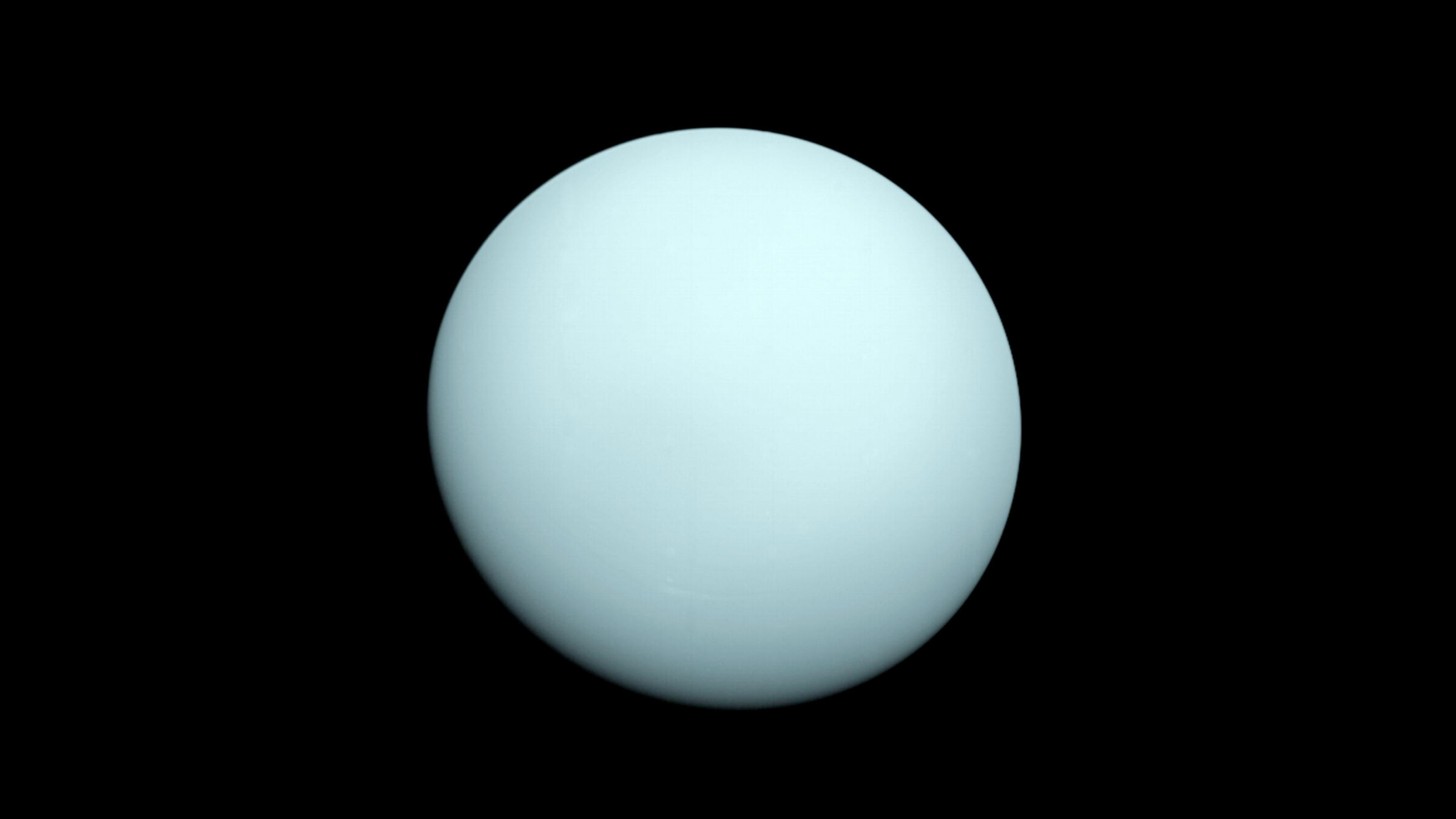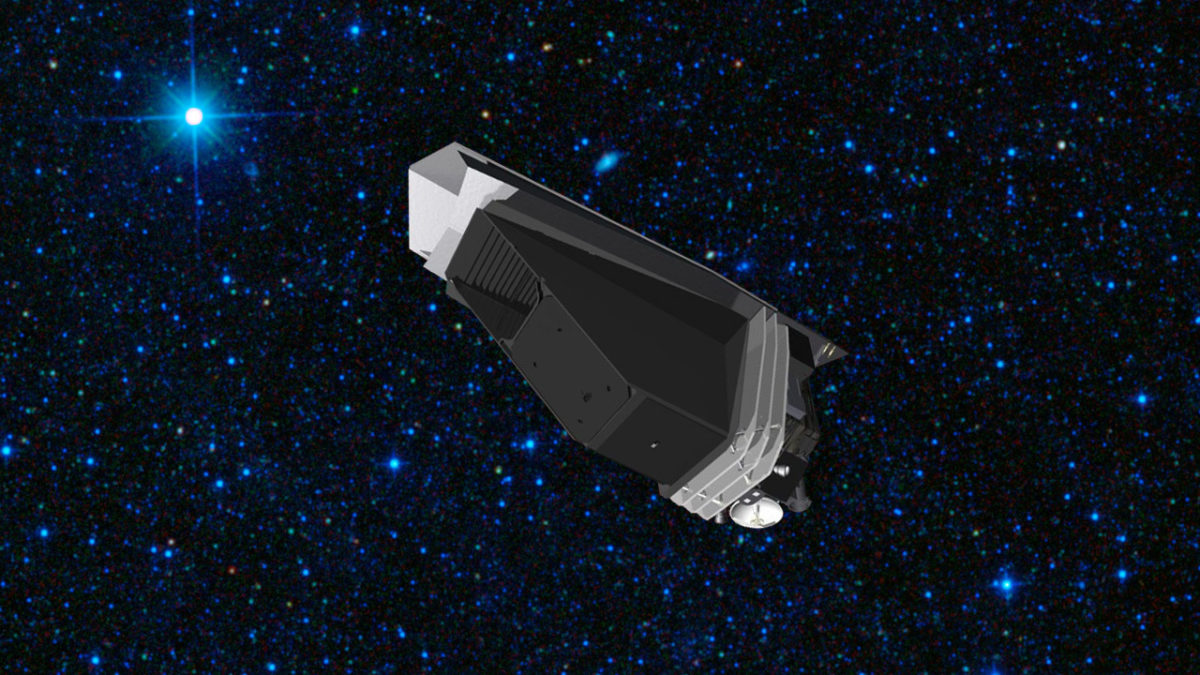Casey Dreier • Apr 19, 2022
Planetary Science Decadal Survey: After the Red Planet, an Ice Giant
A new report outlines the coming decades of planetary exploration
The highest scientific priority of NASA’s robotic exploration efforts in the next ten years should be the completion of the Mars Sample Return campaign currently underway by NASA and the European Space Agency. That’s according to Origins, Worlds, and Life, A Decadal Strategy for Planetary Science and Astrobiology 2023 - 2032, or just “the decadal,” a once-a-decade report identifying the most important questions facing planetary science and missions needed to answer them. It was released today by the National Academies of Sciences.
In addition to sample return, the report recommends a Uranus orbiter and probe as the highest priority flagship mission, followed by an Enceladus orbiter and lander mission if funding allows. It also urges NASA to maintain a regular cadence of small- and medium-class spacecraft to destinations throughout the solar system. NASA’s nascent planetary defense program — for the first time a topic of consideration by the decadal survey — should complete the NEO Surveyor space telescope mission. Research funding should also grow to better support the scientific community.
Though not a binding document, the report carries significant weight with Congress, the White House and NASA itself. Its prior top recommendations have become reality, leading to missions such as Curiosity, Perseverance, and Europa Clipper.

There are many recommendations in the 780-page document, touching on everything from additional missions to Mars, human exploration at the Moon, improving workforce diversity and inclusion and the physical infrastructure necessary to support exploration and scientific discovery. All recommendations help address the twelve priority science topics for the next decade, which are organized into three themes:
- Origins: how did the solar system and Earth originate, and are systems like ours common or rare in the universe?
- Worlds and processes: how did planetary bodies evolve from their primordial states to the diverse objects seen today?
- Life and habitability: What conditions led to habitable environments and the emergence of life on Earth, and did life form elsewhere?
The report provides two scenarios based on available funding: a more-ambitious, more-expensive “recommended” program and a “level” program that assumes a 2% annual growth rate above the current budget.
| Recommended Program | Level Program |
|---|---|
| Continue Mars Sample Return | Continue Mars Sample Return |
| Five new Discovery selections at the new $800M cost cap | Five new Discovery selections at the new $800M cost cap |
| Support Lunar Development and Exploration Program with mid-decade start of Endurance-A | Support Lunar Development and Exploration Program with mid-decade start of Endurance-A |
| Research & Analysis increased by $1.25 billion over 10 years | Research & Analysis increased by $730 million |
| Continue Planetary Defense Program with NEO Surveyor and a follow-on NEO characterization mission | Continue Planetary Defense Program with NEO Surveyor and a follow-on NEO characterization mission |
| Gradually restore Mars Exploration Program budget with late decade start of Mars Life Explorer | Gradually restore Mars Exploration Program budget in late decade with no new start for Mars Life Explorer |
| 3 mid-size New Frontiers missions | 1 - 2 mid-size New Frontiers missions |
| Begin Uranus Orbiter and Probe in 2024 | Begin Uranus Orbiter and Probe in 2028 |
| Begin Enceladus Orbilander in 2029 | No new start for Enceladus Orbilander this decade |
| Estimated cost: $41.1 billion over 10 years | Estimated cost: $35 billion over 10 years |
For context, the total spent on NASA’s planetary program in the previous decadal survey period was $22 billion (adjusted for inflation), itself a record amount. The “level” program alone above represents a 60% increase in spending on planetary science. However, NASA is likely to spend close to $300 billion in that same timeframe, so securing 11% to 14% of that for robotic planetary exploration is not out of the question.
That additional funding is not just for more of the same. It reflects the impressive breadth of NASA’s planetary program, which is more expansive now than in 2011, at the release of the previous decadal survey. The Planetary Science Division houses nine different subprograms that span from commercial and scientific activities at the Moon, rovers on Mars, a flagship outer planets program, planetary defense activities and radioisotope generation infrastructure. This new decadal (and its proposed budget) reflects the growing scope and ambition of NASA's planetary program over the past ten years.
| Decadal Period | Total Planetary Expenditures (2021 dollars) |
|---|---|
| 1963 - 1972 | $21.4 billion |
| 1973 - 1982 | $14.1 billion |
| 1983 - 1992 | $9.1 billion |
| 1993 - 2002 | $14.1 billion |
| 2003 - 2012 | $20.1 billion |
| 2013 - 2022 | $22.2 billion |
| 2023 - 2032 “level” | $35 billion* |
| 2023 - 2032 “recommended” | $41.1 billion* |
Total expenditures for NASA's planetary program by decadal period, compared to the proposed programs in the new decadal survey report. All historical values adjusted for inflation to 2021 dollars. Amounts for 2023 - 2032 are not adjusted. Source: Planetary Science Budget Dataset.
This report was drafted over the course of two years by leaders of the planetary science community, with input from a dozen task groups and hundreds of paper submissions. The Planetary Society submitted two white papers to the process, The Search for Life as a Guidepost to Scientific Revolution, and Increasing the Scope of Planetary Defense Activities: Programs, Strategies, and Relevance in a Post-COVID-19 World. The Planetary Society’s President, Dr. Bethany Ehlmann of Caltech, served on the report’s steering committee.
The new report is broadly consistent with the prior planetary science decadal survey, which covered the years 2013 to 2022. The previous report recommended the initiation of a Mars Sample Return campaign and a dedicated Europa mission as its two large-class missions, both of which are now in active development. A Uranus orbiter and a mission to Enceladus — the first and second highest priority flagship missions in the current decadal — were then the 3rd and 4th recommendations for large missions.
Like the current report, the prior decadal also recommended the selection of a small-class Discovery mission every two years and a mid-size New Frontiers mission (to a pre-defined list of destinations) every five years.
A notable difference is the increased focus on planetary defense,
the role of human exploration at the Moon with the Artemis program
(which did not exist at the time of the prior decadal survey), and an
increased emphasis on astrobiology and the search for life. Mars also fades somewhat, for after completing the sample return campaign the report recommends only one mid-size mission — the Mars Life Explorer lander.

NASA’s latest budget proposal was released prior to the new decadal survey, and therefore does not reflect any of its recommendations. It does contain a placeholder funding line for “Planetary Decadal Future” beginning in 2025, though only with some modest tens of millions of dollars. This throws into relief the primary problem facing the planetary program: though it currently enjoys historic levels of funding, it is still being squeezed by both the Mars Sample Return and Europa Clipper projects, which account for more than a third of its entire budget.
NASA recently announced that Europa Clipper’s cost would grow by $750 million to $5 billion — making it one of the most expensive single planetary projects in history, with most of that increase spread out over its prime mission, i.e. largely over the coming decadal period. This and other budget overruns already caused NASA to propose slashing funding for the NEO Surveyor spacecraft — another decadal priority — by more than $100 million next year, which would seriously delay if not derail the project completely.
All recommendations amount to nothing absent funds to enable them. The writers of the report understand this and provided guidelines for how NASA should prioritize missions in a budget-constrained environment, starting by delaying the next flagship and working down to the least palatable option: reducing research funding.
The ideal case, however, is that we space advocates work to provide NASA with the resources it needs to pursue this exciting, ambitious effort to understand our place in the solar system. We take for granted the strange alchemy that transmutes words on a page into the rarefied metal of spacecraft. That is, in essence, the process begun by today’s report. But there is no enforcement mechanism behind this: it’s ultimately up to us to make sure we continue pushing the boundaries of knowledge. To paraphrase Carl Sagan, there are whole worlds crying out for exploration and discovery. It’s time to go.
The Time is Now.
As a Planetary Defender, you’re part of our mission to decrease the risk of Earth being hit by an asteroid or comet.
Donate Today

 Explore Worlds
Explore Worlds Find Life
Find Life Defend Earth
Defend Earth

